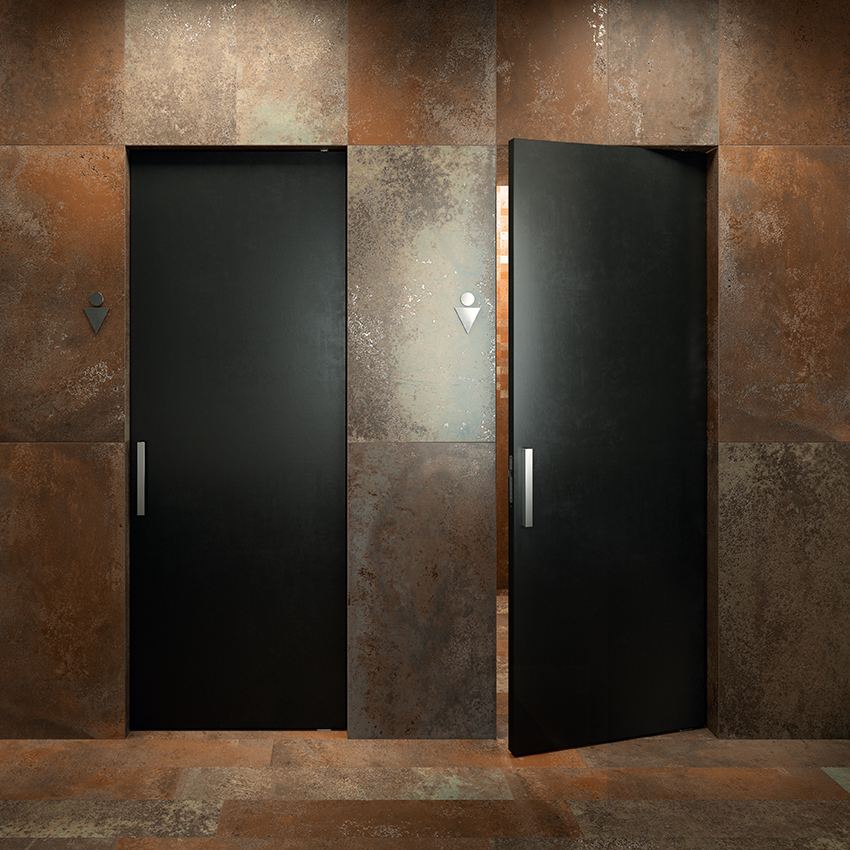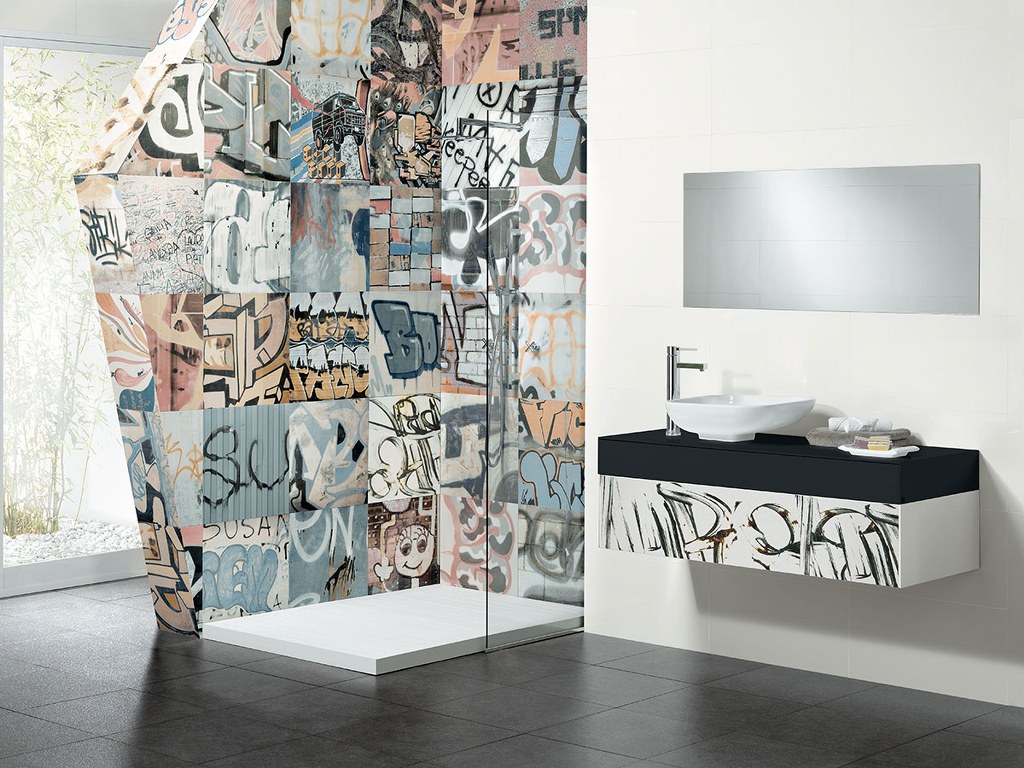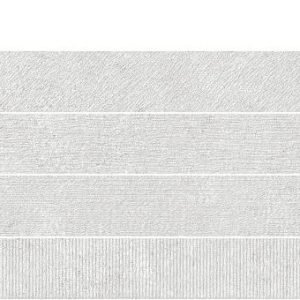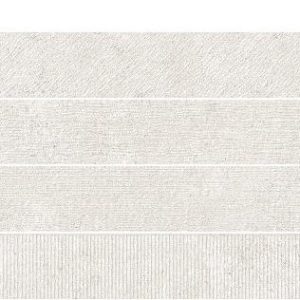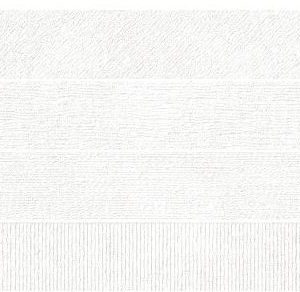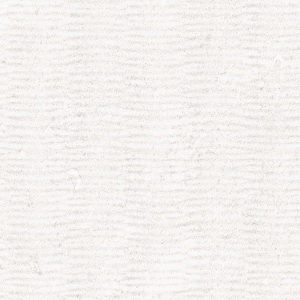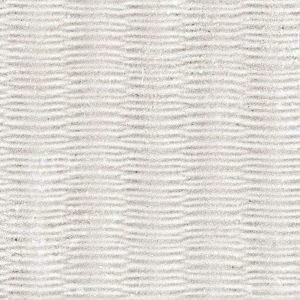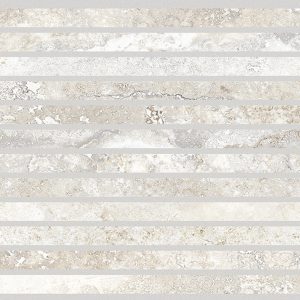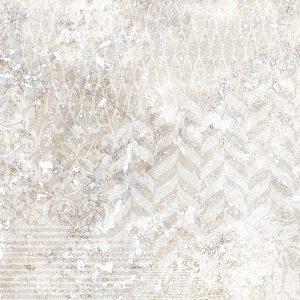Today, tiles can be produced to mimic natural materials like wood, stone or cement, but have you ever wondered how they are made to look so authentic?
Just like high definition technology used on tv screens, digital inkjet technology has transformed ceramic and porcelain tiles to replicate the appearance of different materials, to a level unmatched by other printing techniques such as screen printing and roto colour processes.
This innovation has become a driving force for new tile manufacturing processes and product offerings.
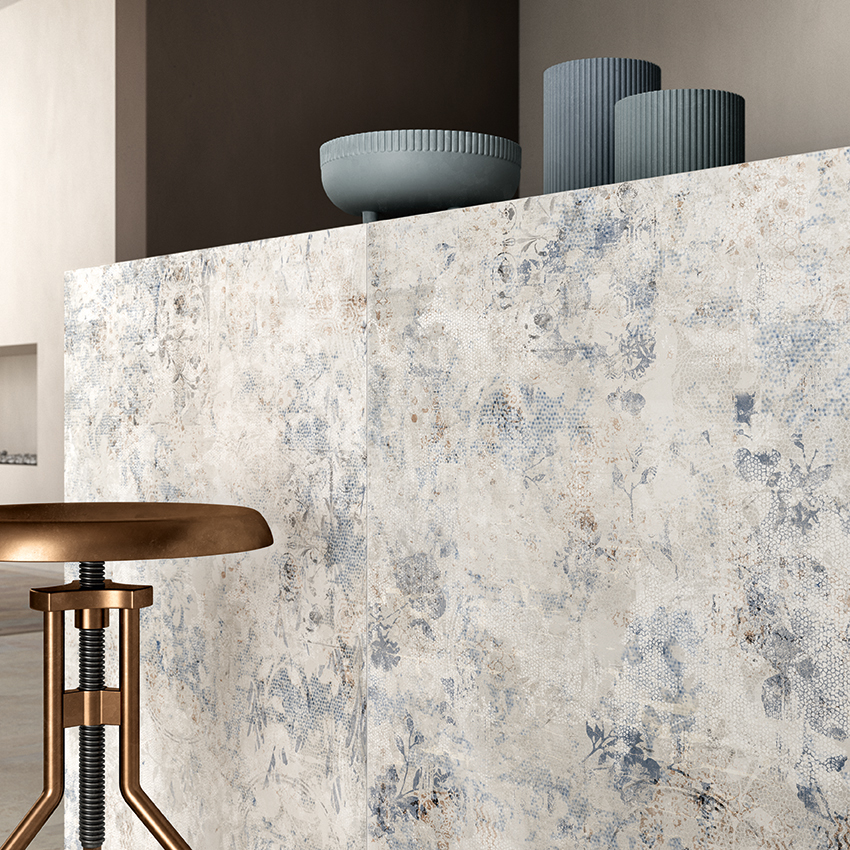
What are inkjet technology tiles?
Using advanced high definition technology, tiles can be digitally printed with high-resolution patterns and designs to imitate various textures like wood and concrete, and 3 dimensional materials like marble, granite and limestone.
This process creates tiles that are varied and have minimal repetition. So, rather than being limited to a few different patterns, you can metres of an inkjet printed tile without seeing the same pattern twice. The image result is almost indistinguishable from the real thing.
How are inkjet technology tiles produced?
Digital printing delivers a much crisper result and superior detail than other conventional tile methods. The process is similar to how you would use a digital printer at home or in the office, but on a much larger scale.
Controlled by a computer, the printer heads dispense specialty ink onto the canvas (tile surface) to precisely duplicate any high resolution image such as natural stone or wood. The canvas is actually the body of the tile, prior to going into the kilns to be fired.
The machine automatically adjusts to create beautiful designs on smooth, rough and even highly textured surfaces that is applied edge-to-edge to fully cover each tile.
Today, inkjet printers can utilise 8 or more colours, allowing for a greater range of shades and tones to be created on a tile. This innovation in tile production brings amazing detail, contrast and variations in design.
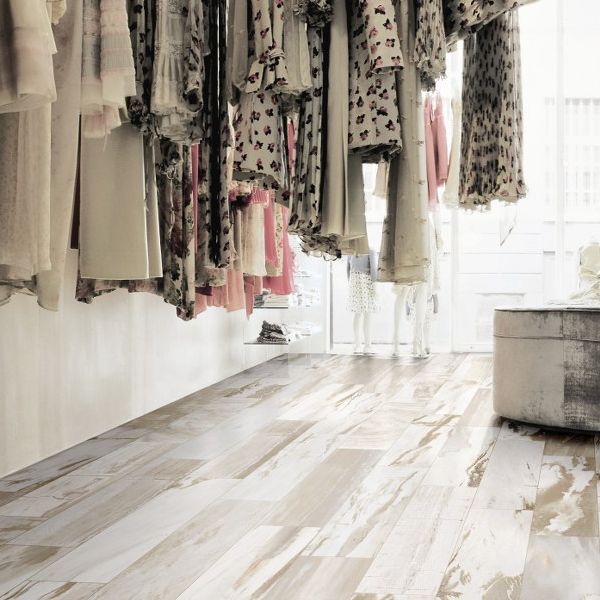
What kind of designs are possible with inkjet technology?
The design possibilities using inkjet technology are endless. Designers can combine images, overlay them and alter them to create hundreds of different visuals.
You can produce anything from concrete looking tiles, stone, marble, brick and even textiles.
Using inkjet technology, you can replicate any type of hardwood to create timber look tiles. And the detail is exceptional as the printer can produce knots and graining patterns that look like the real thing. You can also choose from a variety of plank sizes and styles.
Why should you choose inkjet technology tiles?
Ceramic and porcelain tiles are cost-effective, highly durable and require little maintenance. The same can be said for ceramic or porcelain tiles produced using inkjet technology.
This makes them the perfect choice for literally anywhere inside or outside your home, in high traffic areas and wet areas like bathrooms and kitchens. The tile design options that arise from inkjet technology, means you can have a wood-look bathroom or kitchen without worrying about moisture damaging the floor or wall surface.
Some of the other benefits in using inkjet tiles include:
- Potential to imitate any image and surface to create the desired look you are after.
- More affordable are harder than natural stones such as granite.
- Inkjet technology improves tile production time and quality.
- Layering of imagery gives the tile more depth and realism.
Perth’s inkjet technology tile specialists
Be inspired by Ceramic Tile Supplies’ superb range of inkjet technology tiles. Browse our collection, visit our Myaree and Wangara showrooms to view the full range of tiles on display or book a one-on-one consultation.
